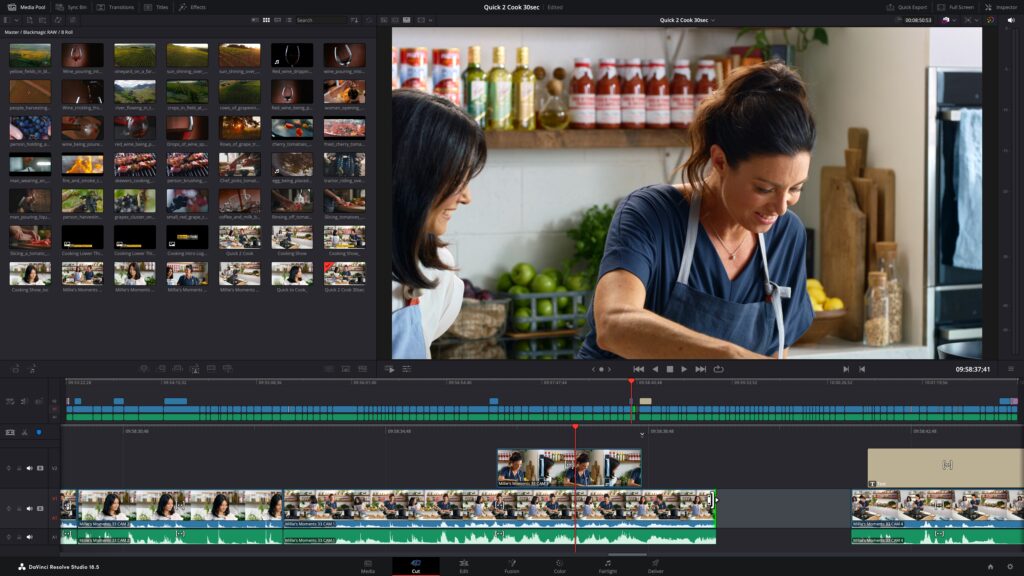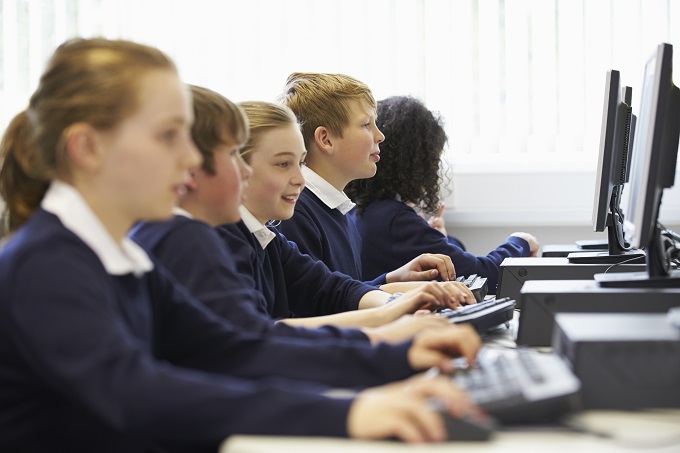Encouraging creativity with broadcasting studios
School broadcast studios can provide a great learning environment for students, and can provide flexibility in the way your school communicates.

There has been a rapid shift in the way we create, consume and distribute content. Sharing personal messages, finding out the latest news and enjoying some entertainment all happen differently than a decade ago.
With this technological revolution, schools have had to change their approach to student teaching and learning, and how they communicate with families. Broadcasting studios in schools are an effective way to help students learn how to use and create with a range of different media, and ensure the school community remains up to date with all that is happening at the school.
Read the Term 4 edition of School News HERE
Multimedia approaches to classroom projects and assessment are becoming increasingly common. Students are often encouraged to incorporate a range of media into their work, including video, images and music, as well as a written script. Broadcasting studios can provide all the tools necessary for an effective multimedia project all in one place.
In class and extra-curricular opportunities with broadcasting studios may include student produced podcasts and video news bulletins, and professional quality support at school performances. For students hoping to pursue a career in the media, familiarity with producing, editing and distributing content via a broadcasting studio could prove particularly useful.
Beyond the classroom, broadcasting studios can prove beneficial for the whole school community. Conflicting schedules mean it is often difficult for parents to attend events during school hours, such as award presentations and class performances. The ability to livestream events, or record and then distribute at a later date means families can enjoy these events without having to be there in person. This can also help alleviate pressure on small venues – people who miss out on tickets to an event can watch a recording of the event.

Image supplied by BlackMagic
Having the necessary equipment to facilitate this onsite can be a substantial cost saving for schools, as external providers will not need to be hired to record the event. Tasking students with managing the livestream, or editing a recording will help build their skills while working on a practical, real world project.
Setting up a broadcasting studio may seem overwhelming. We talked to Dan May from BlackMagic to find out the best approach.
Mr May said the basic essentials for school broadcasting studios are cameras, post production (editing, VFX, audio and colour correction), audio hardware, switchers and lighting, as well as streaming hardware and software. “A student needs to learn how to frame up a shot, work with that image or feed and understand how to handle media,” Mr May said.
“Schools need to think of building film or broadcast rooms in terms of a couple of high-level goals and build classes around these. First, build excitement with the students for what they can create. Second, provide the tools they need to do that. And since budgets are never far from anyone’s mind, throw in a third goal of being able to sustain the first two goals year in and year out within budget.”
And while budgets are a concern, Mr May said to remember it is all about creativity and the technology available should never get in the way of that.
“2023 is far from years past when the difference between what a school could afford and what the film and video industries were using was night and day. Those days are long gone.
“The most important thing you need to think about when choosing products is not whether the products have the latest and greatest tech specs. You need to make sure that they do not lock you into one technology or format. Pick gear that works with a wide variety of formats. Choose cameras that let you use a wide variety of lenses. And pick software that does not charge you monthly fees, does not demand upgrade charges and never limits your ability to actually get to your student’s work.” Mr May said.
While it may seem obvious, Mr May said there is something which schools sometimes overlook. “Use products that students actually can, and want to learn on. Too simple, and the students will be bored and won’t be ready for a career. Too complicated and too expensive will keep a student from having the time needed to experiment. Trust your students. Once they see what they can do and know that they are using professional level tools, they will learn.”






